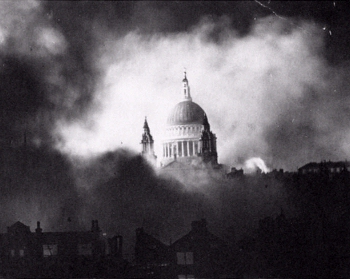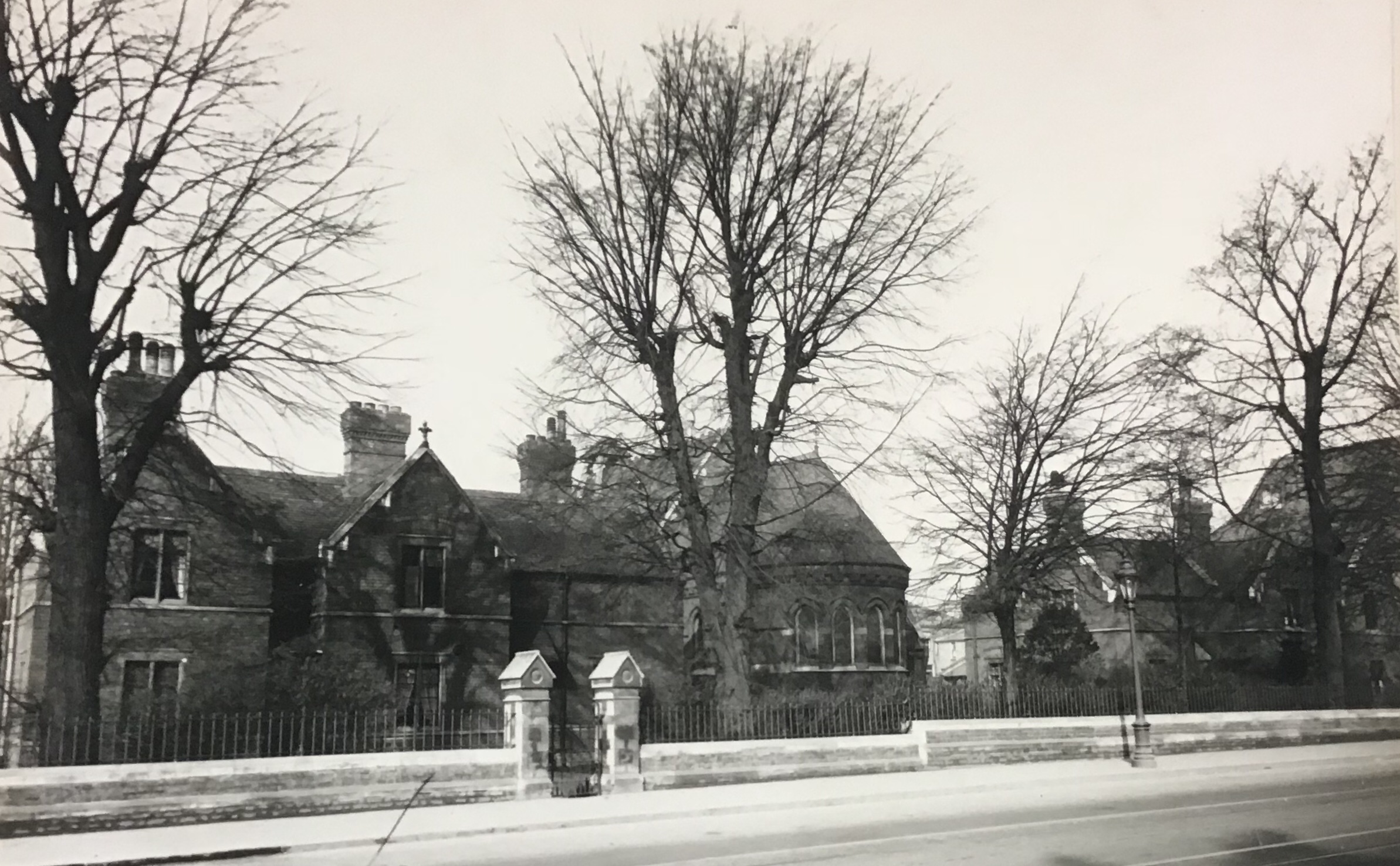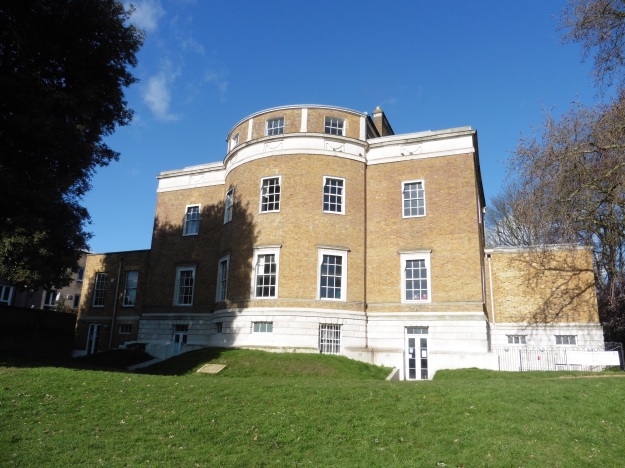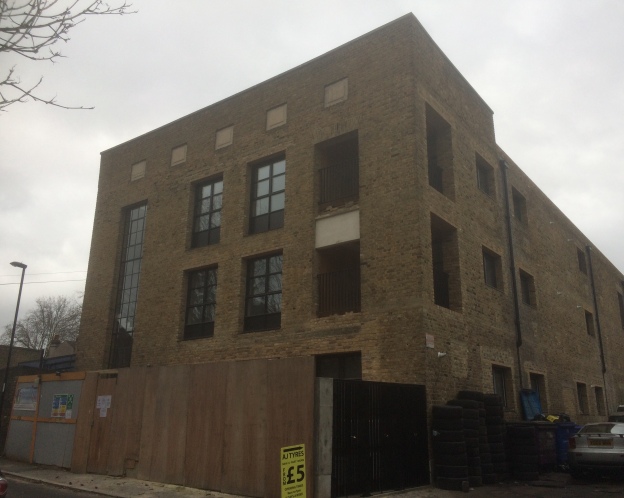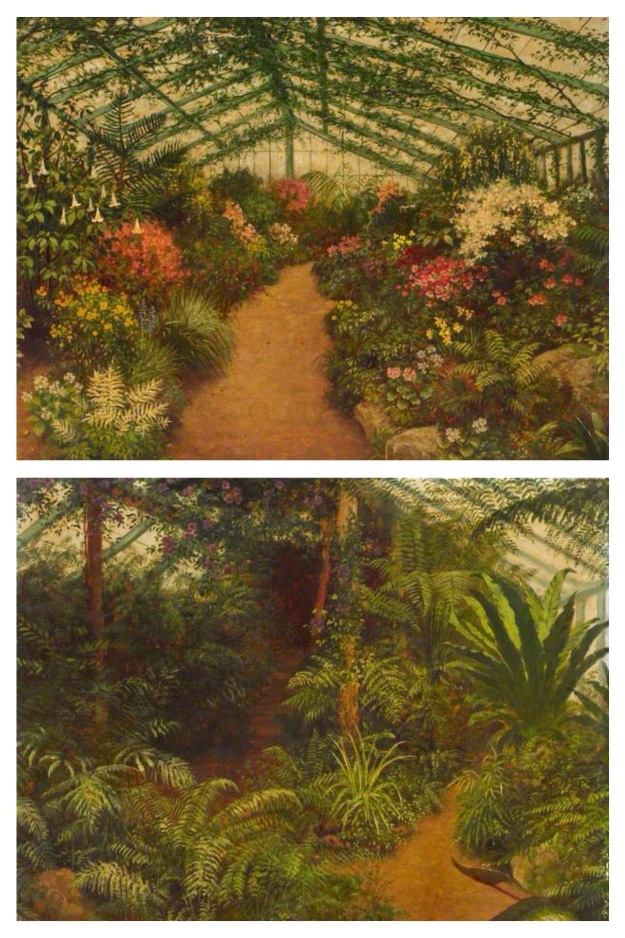In the relatively recent past Running Past has looked at migration to several Lee streets based on censuses soon after the first residents moved in – the working-class Robertson Street (now Brightfield Road) and the middle-class middle section of Southbrook Road both in 1881. Similarly, we have looked at the occupations of those first occupants – looking at Ardmere Road in Hither Green and parts of Springbank Road, along with the 1930s parts of Old Road and the Verdant Lane estate.
We turn our attention to a street that was built somewhat later than all but the last two – Bankwell Road whose homes were completed in early 1909. It is a small road running from Lee High Road to the northern entrance to Manor House Gardens. The street is in what was the grounds of Lee Place.

Lee Place had been one of the larger houses in the area from the 17th century until it was demolished at the end of Benjamin Aislabie’s lease in 1824. The former estate was sold in plots with the area bounded by Old Road and Lee High Road (that section was initially referred to as New Road) being divided into three – see map above. The easterly end was developed for shops and Lee Working Men’s Institution in the late 1870s; the westerly end was used as an orchard and kitchen garden for Pentland House before becoming Arts and Crafts style flats on Old Road and a shopping parade on Lee High Road – Market Terrace.
The section in middle now has Bankwell Road at its centre. It was a field until the beginning of the 20th century. The eastern frontage onto Lee High was developed as shops next to those developed in the 1870s around 1910, on the opposite side of Bankwell Road was a cinema, Lee Picture Palace, run and almost certainly built by James Watt.
While Watt was a prolific builder, both in his own right and as a contractor on the Corbett Estate, he didn’t build the houses on Bankwell Road. That was a firm called Hatch and Hatch who were based at 62 Rushey Green, in the main they were auctioneers but did some speculative building work. They were owned by Robert Frarey who also had a builders’ merchants called Catford Building Supply Association who were based at 161 Rushey Green – a site still in the same business trading as Catford Timber (1).
The houses seem to have been completed in early 1909 with number 3 being used as a show house as there was a sale at auction of furniture from there (2). Number 3 was one of four houses on that side of the road that were to be sold by auction in March 1909 on 99-year leases (3). The houses on the western side, pictured below, were completed a few months later (4).

There were a lot of problems for the tenants of the houses in the months after – the owner was still Robert Frarey who had presumably failed to sell the homes in March 1909 (5). Frarey was summoned for failing to supply water to numbers 6 and 8 (6).
There were issues too with delays in sorting out pavements, the road surface and street lighting which prompted a letter from one of the residents of the street to the local press in May 1909 when the street still had builders materials scattered about and to reach the front door in wet weather almost required ‘top boots or a raft’ (7). While the Borough of Lewisham stepped in and adopted the road, they found it difficult to get the money out of the owners (8).
The reason for this was that Hatch and Hatch were teetering on the edge of bankruptcy – there was a creditors’ meeting in July 1909 where it became clear that one of the reasons for his debts was his inability to ‘realise property’ – presumably not selling on the homes in Bankwell Road and land owned in Wimbledon (9). It seems that by August 1909 the houses had been sold on, probably at a loss, by the Receivers (10).
One of the houses, probably number 12, described as a ‘pre-war villa’, was for sale for just £895 in 1927 (11).
The eastern side of the street with a then dairy at the corner is pictured below from early in their life.

So, who were the initial tenants many of whom had to live on a building site to start with? The 1911 Census was taken a couple of years after the houses were completed. A surprisingly high number of the 13 houses were empty (5, 6 & 11) when the enumerators called.
They were in the main young professionals with young children, the average age of the adults was 33. There were a couple of house shares – one three siblings (the Stevens at number 3) and the other two sisters and one of their husbands (the Trivett/Venner household at 7)..
Several were probably employed in local businesses – Edwin Linden at number 2 was a Clerk at a Cat and Dog Food Manufacturers. This may well have been Perfecta Foods which had been bought by Arthur Chilton King and was to become Chiltonian biscuits soon after. (There is a short post, which needs some updating from the early days of Running Past). The Linden family was to stay at number 2 until the late 1990s.
Also probably working at Chiltonian was Percy Jarrett from number 9 – he was listed as manager in a biscuit factory. Other trades included a provisions merchant, an electrical engineer, a couple of assistant teachers, a postal sorter, perhaps at Lee Sorting Office in what is now Woodyates Road, a Drapers’ Manager a Clerk for a Tent and Sail Maker – perhaps for John Edgington & Co who were to move in 36 Old Road after the war.
None of the married women worked but the Stevens sisters were both employed at a Telephone Exchange, perhaps the Lee Green one, then in Gilmore Road; the only other working woman was one of the Assistant Teachers, Grace Venner, who lived at number 7.
Before looking at the census records, the assumption had been that most of the adults would probably have been second generation migrants with parents having moved from elsewhere in the country to London. That was true of a few such as Draper’s Manager, Alexander Miller who hailed from Sydenham with a father from Poole in Dorset.
Madeline Trivett at number 7 was from Bermondsey and her teacher sister from Canning Town, three doors away Edith Howland seems to have come from Wandsworth – a lodger there was from what is now Tower Hamlets. So, only five out of twenty-six were born in London.

As the map shows, there was quite a spread across the country (there are three outliers all from Aberdeen, the Stevens siblings at number 3, which aren’t shown). Compared with the working class street of Robertson Street here are fewer Londoners and fewer from East Anglia and areas close to London. Compared with the wealthier early occupants of Southbrook Road, where 14% have been born in parts of the Empire, none fell into this category in Bankwell Road. As has already been alluded to there were considerably fewer Londoners too.
Of the children, unsurprisingly given the age of their parents most were local 10/14 were from what is the current Borough of Lewisham and three of the others within 5 miles.
It is only 10 houses so not too much can be inferred from it, but it is interesting that in one new street most came from outside the capital – migration to the city was still a significant feature.
Notes
- Kentish Mercury 16 July 1909
- Kentish Mercury 26 February 1909
- Kentish Mercury 05 March 1909
- Kentish Mercury 14 May 1909
- Kentish Mercury 05 March 1909
- Woolwich Gazette 11 June 1909
- Kentish Mercury 14 May 1909
- West Kent Argus and Borough of Lewisham News 19 October 1909
- Kentish Mercury 16 July 1909
- Kentish Mercury 13 August 1909
- Sydenham, Forest Hill and Penge Gazette 8 July 1927
Credits
- The photograph of the dairy and the eastern side of the street is used here with the kind permission of Bill Bowyer, it remains his copyright
- Census and newspaper data is via Find my Past (subscription required)
- The Ordnance Survey map is part of the collection of the National Library of Scotland, and is used here on a non-commercial licence
- The migration map has been created with Google Maps















